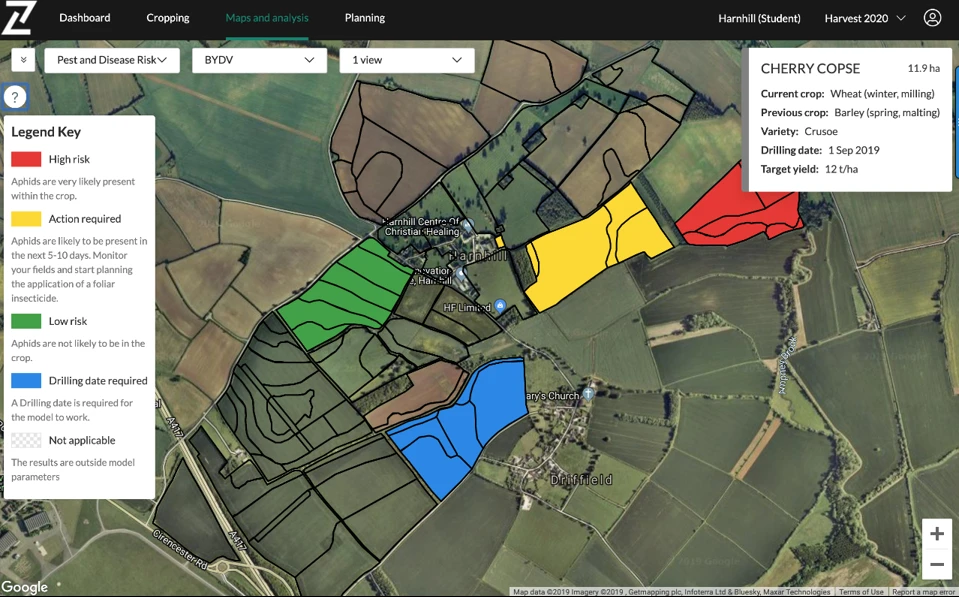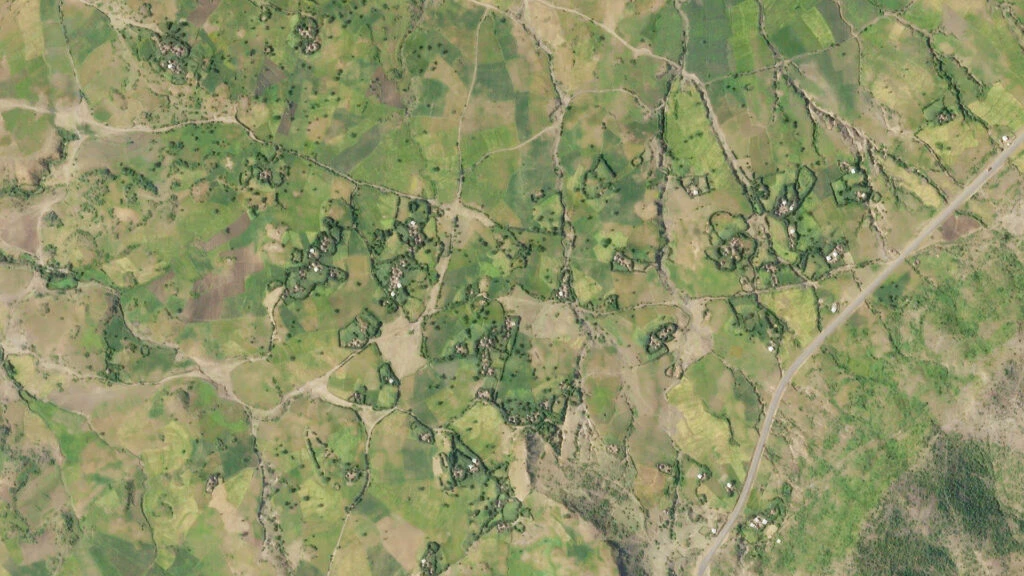The threat of BYDV in winter cereals
Autumn 2019 will be the first in more than two decades when farmers won’t be able to rely on neonicotinoids coated seeds for BYDV management in their winter cereal crops. In December 2018 these insecticides were banned for all outdoor use across the European Union (DEFRA 2018).
Since their introduction in the mid-1990s, neonicotinoids seed dressings have provided prolonged protection to winter cereals from aphids and the consequent spread of the Barley Yellow Dwarf Virus (BYDV). Because of the ban, aphid management will now be even more reliant on an Integrated Pest Management (IPM) approach, which aims to target and combine all available pest control measures in a sustainable manner (EC, 2009).
According to a survey, conducted earlier this year by Agrii and the GWCT as part of an AHDB funded project, 47% of farmers had been relying solely on insecticide coated seed to provide protection against aphids; these growers will need to adapt their crop protection strategy by switching to foliar insecticide applications and look at integrated solutions.
Monitoring of the crop and of the weather conditions are key for the assessment of aphid risk. In agreement with the IPM principles, the decision about if and when a foliar insecticide is to be applied can be guided by the continuous monitoring of aphids and/or by warning and forecast systems, such as the BYDV tool offered within Contour.

BYDV is a disease transmitted by aphids, mainly the bird cherry-oat and the grain aphids. During the autumn, infections can be initiated by winged aphids migrating into the crop or by wingless individuals accessing the crop via a “green bridge” offered by grass, grass weeds or volunteer cereals from within the field (AHDB, 2019a). The disease then builds up as the aphids’ progeny is produced within the crop and generations follow one another at a rate dependant on air temperature. Symptoms usually become apparent in the spring in circular patches within the crops, with plants showing stunting and reddening and/or yellowing of the leaves. Crop losses average 2-8% but can be as high as 50 and 60% in barley and wheat, respectively (AHDB, 2019b).

The key to reducing the risk of infection is to limit aphids entering the crop, for example by destroying the green bridge and/or delaying sowing so to avoid the peak of migration of winged individuals. Insecticides can then be used to limit the spread of the disease by suppressing the numbers of aphids feeding on the crop. Currently pyrethroid insecticides are the only option and resistance against them is now known to be present in the grain aphid population. The application of these products needs therefore to be carefully timed according to risk, so to achieve maximum efficacy and avoid unnecessary sprays, which could drive an increase in resistance.
The Contour BYDV tool helps to target these sprays by identifying the best time for application, that is when the second generation of wingless individuals is produced and before population levels become exponential leading to a high risk of BYDV incidence. This stage can be identified based on a temperature summation (TSum) threshold of 170 day-degree accumulated above 3°C and following the crop emergence or the time when the protection from the last insecticide application has run out. The Contour BYDV tool can be used in conjunction with field monitoring and the data of migrating aphids reported in AHDB Aphid News.
With a reduced range of options for keeping winter cereals protected from aphids and BYDV, the Contour BYDV tool offers much-needed support for decisions around insecticide application and, at the same time, it allows the implementation of an integrated pest management strategy.







